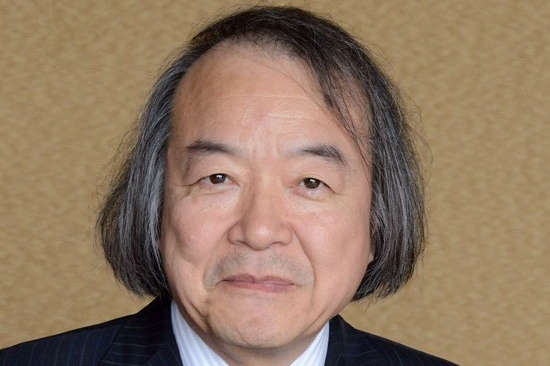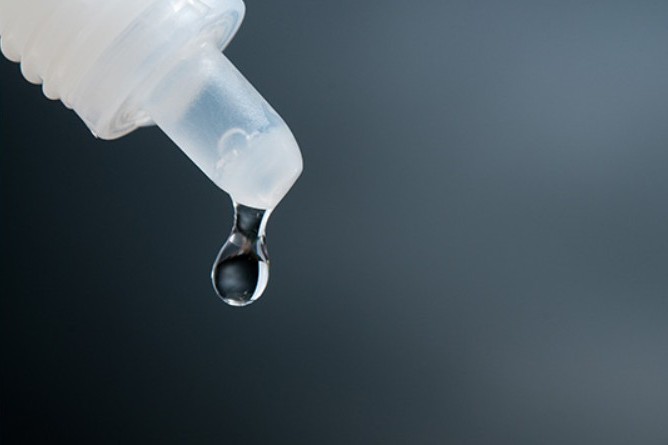Treatment for bullous keratopathy?
A study in Japan, led by Professor Shigeru Kinoshita from Kyoto Prefectural University of Medicine, has shown cultured human corneal endothelial cells (CECs) injected into the anterior chamber could increase CEC density, providing a possible alternative to donor tissue and avoiding many of the complications associated with corneal transplants.
The small, but statistically significant study, published in the New England Medical Journal, involved 11 patients, with a mean age of 64.4 years, who had been diagnosed with pseudophakic bullous keratopathy, had no detectable corneal endothelial cells, a corneal thickness >630µm and visual acuity <20/40. The degenerated endothelial cells were surgically removed and the cultured human endothelial cells injected together with a rho-associated protein kinase inhibitor (ROCK) to promote cell survival and adhesion. All 11 patients improved their corneal endothelial cell density to >500 cells/mm2, with 10 achieving 1000 cells/mm2 and six exceeding 2000 cells/mm2 at 24 weeks post-injection. An improvement in both corneal structure and function was demonstrated, with a corneal thickness <630 µm achieved in 10 of the 11 and 82% having a two-line improvement in visual acuity. After two years, all 11 had maintained their corneal transparency. The only negative was one patient who developed steroid-induced glaucoma.
Though further, larger studies are required, commentators said these early results were very promising and could revolutionise treatment pathways for patients with bullous keratopathy.























